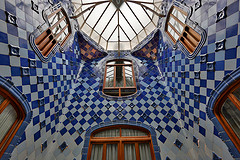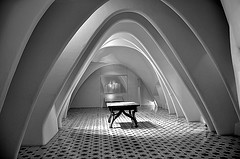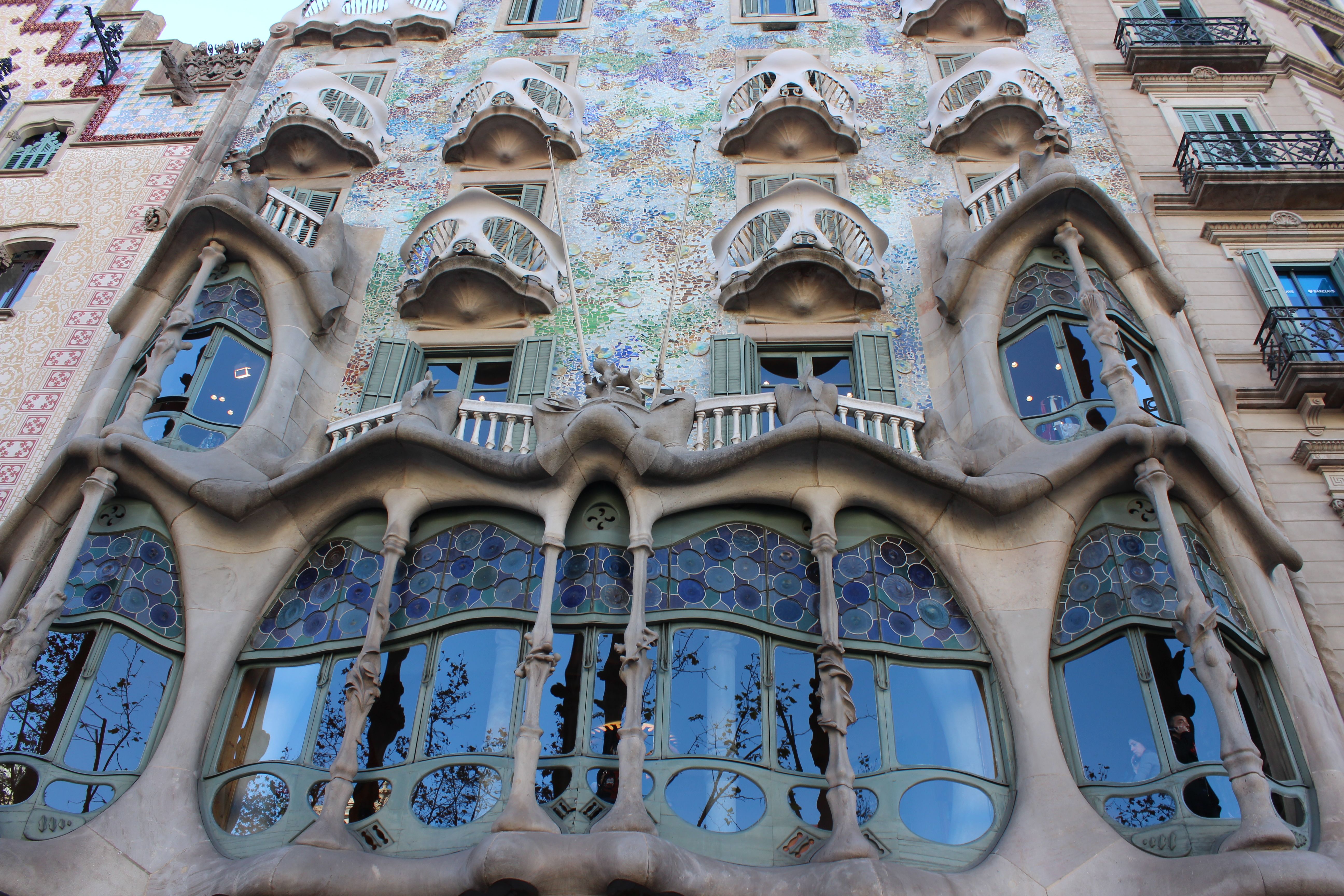I brought in the New Year in Barcelona – and made a mental note to capture my inspirational Antoni Gaudi experience in a post. As Experience Designers, we want to set conditions that create memorable and emotional experiences for users.When I entered Gaudi’s Casa Batlló, I found myself immersed in a multisensory and vibrant experience. While I am not an aficionado of architecture or art, I always include it in my travels as a way of understanding new cultures. Out of the many well-known venues I have visited around the world, Casa Batlló was exceptionally engaging and experiential for me. On reflection, I realise that I connected with use of effective storytelling, along with embedded principles of design. Deconstructing it with a designer’s lens, these are three key factors that contributed to a memorable visit:

1) Human centred design – The dramatic visual landscape of the house is filled with unusual shapes, colors and materials that also serve a functional purpose. His imagination and artistry has a user centre purpose – the dragon’s spine on the rooftop is designed to prevent back draughts and the luminous ocean like central well is covered with glazed tiles in varying shades of blue to evenly distribute natural light. There were several such examples of empathetic design, that showcased the use of wild innovation and imagination with real and meaningful user centred application. There was visible harmony between his objectives, the user needs, nature and other resources.
2) Engage with Narrative – The various symbols, textures and shapes are aesthetically intriguing but also evoke emotional responses from visitors; because they are woven together in a fairytale like narrative. The aquatic colours, sandstone, fluid curved lines and use of glass and ceramic mosaic elucidate the predominant theme of nature. The staircase curves like a spine, the rooftop symbolises the scales of a fish, the loft em ploys arches like a rib cage, whereas the fireplace resembles a mushroom. Of course hearing the audio guide and being able to touch the ergonomic shapes and complex textures immersed me in Gaudi’s masterpiece through a heightened multi-sensory experience.

3) Combine multi disciplines – Multidisciplinary thinking is an essential part of experience design, to solve problems in a truly innovative and holistic way. Gaudi’s work stands apart largely because of this approach. While his unique style was most influenced by Art Nouveau and Modernism, it also encompassed influences from the Orient, Islam, and Gothic revival. His predominant organic approach; use of ergonomics, geometric forms and landscaping was inspired from nature. The storyteller also pushed the boundaries by combining materials ranging from stone, ceramics, wood, glass, marble and bricks to wrought iron.
Notes
1 http://www.flickr.com/photos/larrymyhre/6456544731/sizes/s/in/photostream/
2 http://www.flickr.com/photos/72693550@N00/
3 http://www.flickr.com/photos/elipiccola/5923260098/sizes/s/in/photostream/
Information about the structure and Antonio Gaudi’s work was taken from http://en.wikipedia.org/wiki/Antoni_Gaud%C3%AD and http://www.casabatllo.es/en/history/casa-batllo/

